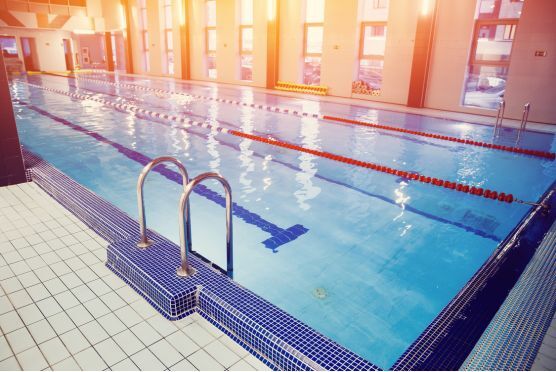Reducing energy use in nurseries and day care without disruption
You feel the squeeze every month. Heating needs to stay on, rooms must stay cosy, meals need cooking and laundry never stops. Children come first,...
2 min read
 Stephanie Beadling
Nov 19, 2025 9:50:06 AM
Stephanie Beadling
Nov 19, 2025 9:50:06 AM

The challenge is trimming waste without unsettling routines or asking busy teams to do more.
Energy costs eat into funds you’d rather spend on staff, resources and the children’s experience. The good news: many savings come from tiny tweaks that don’t affect comfort or safety. Think smarter timing, steadier temperatures and small behaviour cues.
If you’d like a fresh pair of eyes, get in touch with Troo. We’ll review your energy use with you, highlight quick wins that won’t disrupt care, and map out practical steps for steadier bills and comfortable rooms. Get in touch.

You feel the squeeze every month. Heating needs to stay on, rooms must stay cosy, meals need cooking and laundry never stops. Children come first,...

You juggle safety, warmth, happy faces, staff rotas and a budget that never stretches quite far enough. Energy prices and parent expectations haven’t...

Long hours, temperature-sensitive spaces and constant pressure on service can leave energy low on the to do list. Still, when comfort slips, guests...